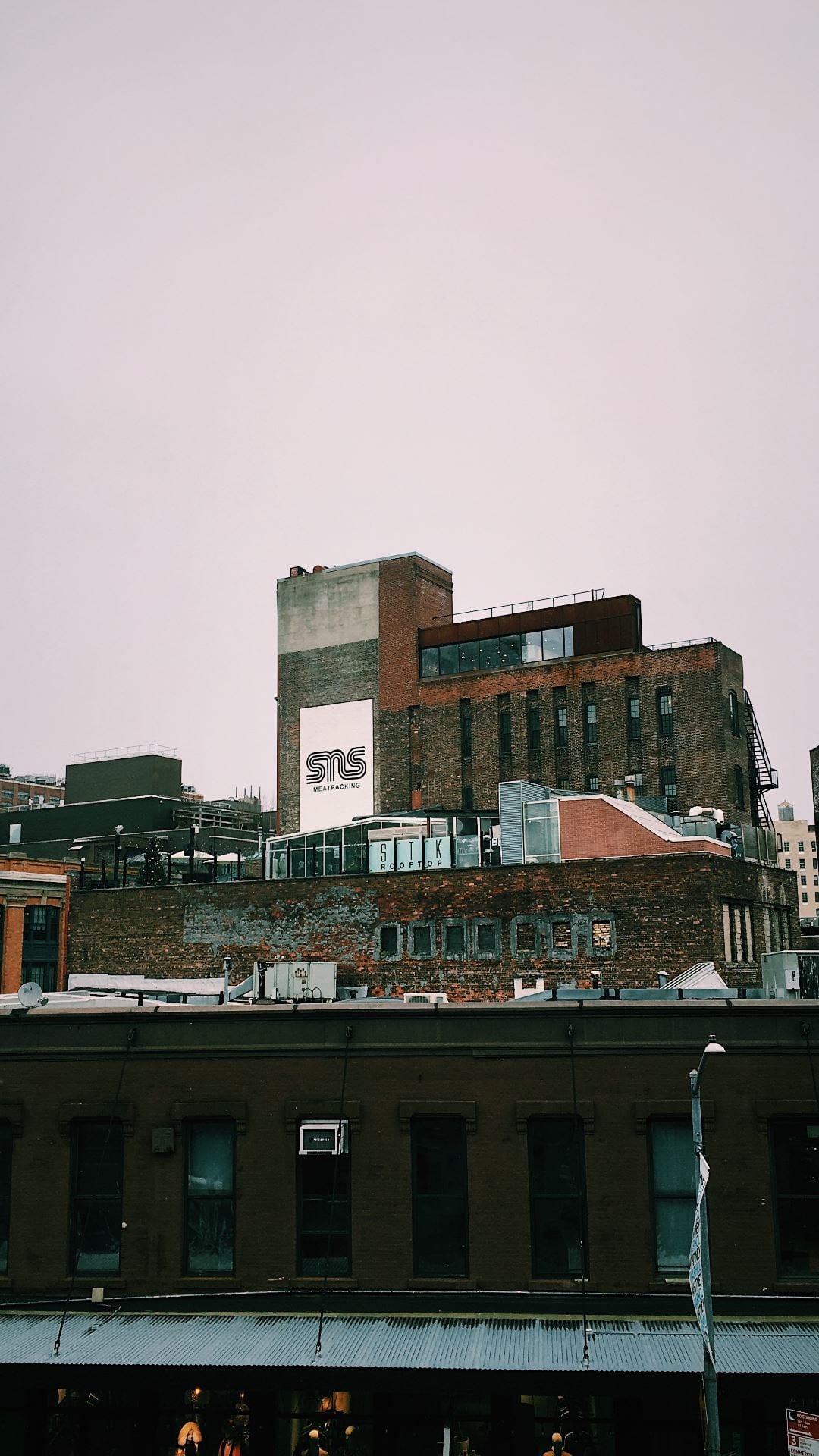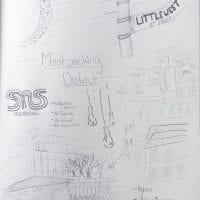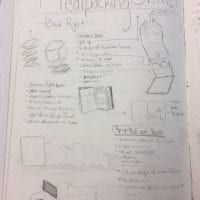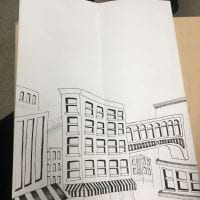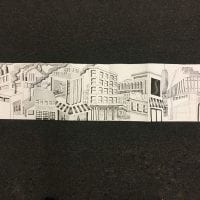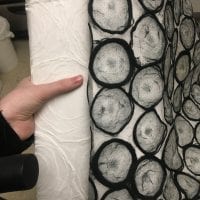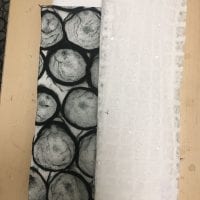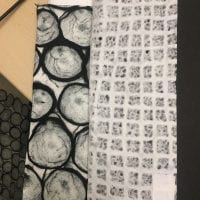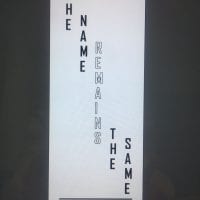Chosen Location: Meat Packing District
Research:
-History/Restoration/Renovation
“Although the area was originally residential, markets have existed in the district since the 1840s. People moved into tenements in the Meatpacking District in the 1820s to escape epidemics in what was then the main part of New York. In 1884, New York named two acres of land after General Peter Gansevoort, a Revolutionary War hero and grandfather of Herman Melville. The neighborhood shifted to become a market, first for produce and after the development of reliable refrigeration, for meat. Gansevoort Market then became a commercial district. In 1900, 250 slaughterhouses and packing plants filled the district; by the 1930s, those houses produced the nation’s third-largest volume of dressed meats. The city, eager to retain the immediate supply of fresh meat and jobs, subsidized the industry throughout the early 20th century. Five meatpacking companies still operate in the district. Boutiques and bars are more common than rump roasts these days, and the neighborhood continues to evolve almost daily.
~Quote from Official Meatpacking District Website
“History.” Meatpacking District Official Website. Accessed April 1, 2019.
“Home.” The High Line. Accessed April 10, 2019. https://www.thehighline.org/.
-Databases
Goldstein, Barry. “Small Hours in the Meatpacking District.” Gastronomica 11, no. 4 (2011): 23-25. doi:10.1525/gfc.2012.11.4.23.
RABINOWITZ, RICHARD. “A City Visible to Itself.” In Bending the Future: Fifty Ideas for the Next Fifty Years of Historic Preservation in the United States, edited by Page Max and Miller Marla R., 205-09. Amherst; Boston: University of Massachusetts Press, 2016. http://www.jstor.org.libproxy.newschool.edu/stable/j.ctt1hd19hg.40.
Old Inspiration/Reference Photos:
- (Black & White)
New Inspiration/Reference Photos:
Modern/Renovation Photos: (Highline)
Potential Color Schemes/Mood Boards:
Sketches:
I chose the Meatpacking District as my New York location to explore. I decided to focus my project on the complex and interesting history of the district, as this small two acre region has experienced some of the most massive cultural shifts in New York City. I wanted to show the viewer’s of my book how, despite the drastic shifts in culture and various “incarnations” the Meatpacking District has gone through in the centuries, the waterside district still retains parts of its past as it moves forward through time.
Construction Process Photos:
I began construction by folding a long portion of paper into an accordion shape and started to sketching different “ages” of the Meatpacking District history, making sure sure to emphasize certain architecture and structures that could help the viewer see the passage of time simply through visuals. I decided to make the interior drawings of the book solely in pen and ink because I was inspired by the archival black and white photography of the area. In the first “panels”, one can see the meatpacking factories that overtook the area in the nineteenth century, the old railroad line that transported the meat out of New York, and the Gansevoort Market; a marketplace that still remains today. Moving forward in the book, the next set of panels showcases the Meatpacking District during its “commercial phase”, when luxury hotels, exclusive nightclubs, and expensive boutiques and restaurants began springing up in the area. In this panel, one can also notice that some of the old buildings are starting to be refurbished and renovated for the use of new stores and restaurants. Although the function of the structures change drastically, the buildings still retain their character, charm, and history. The final panel represents the most modern incarnation of the Meatpacking District; today, the area is considered a cultural hub for art, food, and fashion as well as a one of many waterside districts undergoing massive restoration and preservation of original and historical architecture and landmarks. My book can be viewed multiple ways: first, by opening as one would a traditional book and flipping through the “decades”. Secondly, by completely opening the book up so it becomes a continuous timeline. Lastly, by standing the book upright and viewing it at an angle forwards or backwards, from these angles parts of the panels line up and allows the viewer to look forwards or backwards in time. Next I began construction of the cover; I wanted the book to feel similar to an artists journal, since it would be filled with hand done drawings, while also relating to the style of the interior. I decided to use black and white handmade paper as it fit with both the color scheme and also the overall aesthetic of the book. One cover panel is a contrasting white paper on black background, the pattern is geometric and complements the architecture and linework inside the book, while offering a nice contrast from the circular patterned main cover panel that lays on a white background. The addition of the strap keeps the book tidy and together while also adding a small touch that makes the book feel more like an artist’s personal journal.
- 1st “past” panels
- 2nd panels
- 3rd “modern” panels
- Finished Panels
- Paper materials
- paper materials (cont.)
- Combination 1
- Combination 2
- Combination 3
- Combination 4
- Combination 5
- Strap with paper combination
- Potential Title 1
- Potential Title 2
- Text layout ( uncut)
- text layout (cut)
- Front
- Back
- Front (with tried strap)
